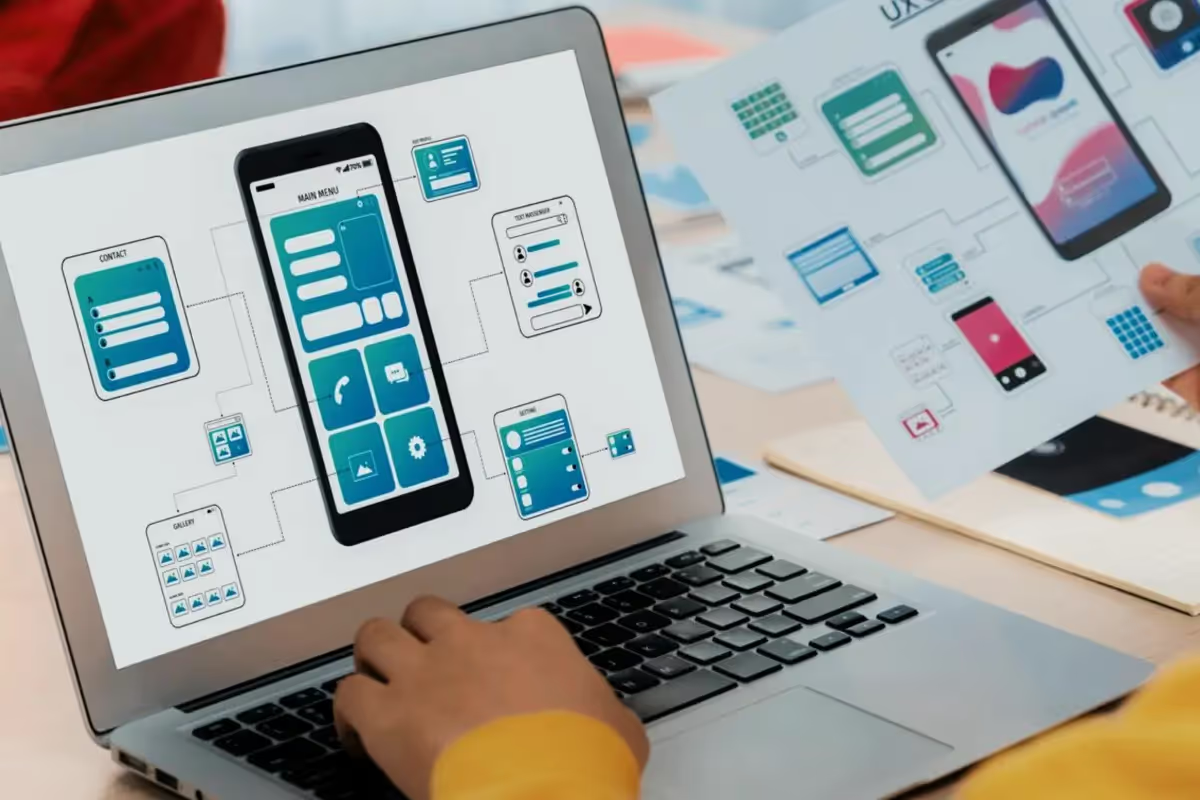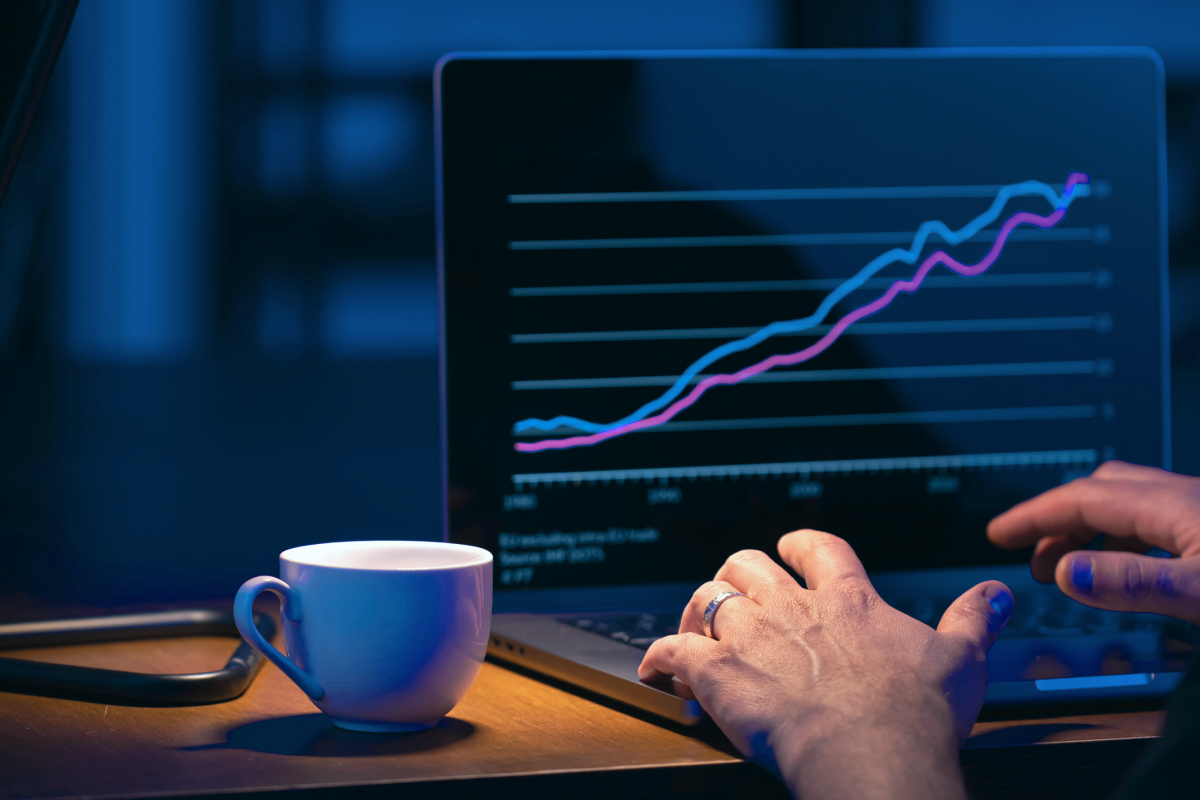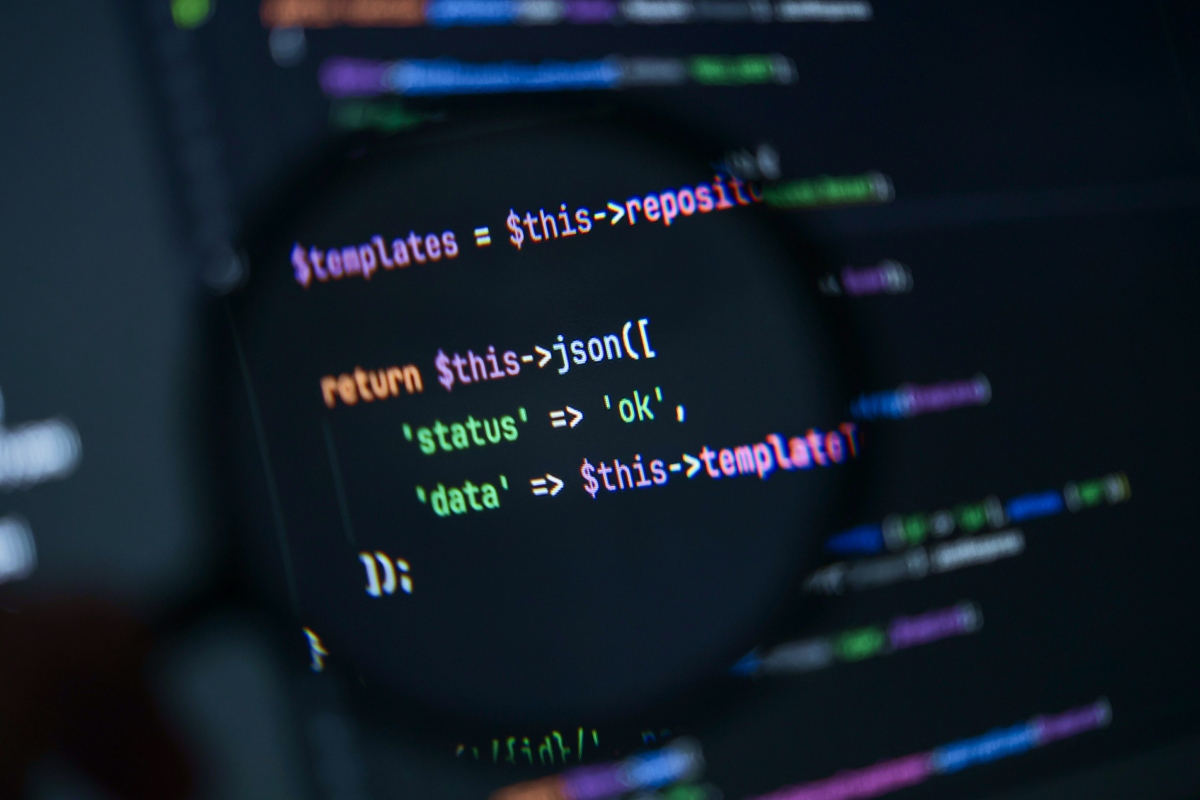With every passing year, banks are losing their authority in the eyes of younger generations. Today you will unlikely see a Millennial or a Gen Z in front of a banking desk waiting to deposit their money. Instead, they are more likely to invest money in stocks of big companies and startups. That said, the majority of them support using mobile trading apps. Take Robinhood for example – 40% of its users are millennials and 32% – Gen Z. And every year, their needs and requirements are becoming more and more demanding.
So building a mobile trading platform looks like a good business idea! And we know what are we talking about. We helped to build 2 trading platforms for our clients. Read our article to know the pitfalls of developing your own platform.
In this article, I will shed light on:
- What features to choose for your investing app?
- How to monetize a trading platform?
- Which things to look out for when building a trading platform?
So let’s dig right in!
What is a Trading App?
Let’s break it down into two terms.
What is trading? Trading is usually understood as trading stocks, options, currencies, and cryptocurrencies. You can become an Apple or Tesla stock owner, even via a smartphone.
As for trading apps, they allow users to trade these assets on their mobile phones. Thus, the majority of functions you can use on your laptop and PC will also be available on the mobile app.
Thus, trading apps can be divided into two types:
- traditional stock trading, when you buy a company’s share;
- cryptocurrency trading with Bitcoin, Ripple, Litecoin, and others.

If you still doubt that building a trading app platform is a thing, check out the following fact. Statistics show that even after the post-pandemic crisis, micro investors have not given up investing. Robinhood trading app informed of the record-breaking number of deposits as of the first quartile is 2020, while the volume of daily trades has grown 300% compared to 2019.
Top 3 Popular Trading Apps On the Market
The competition in the trading apps market is tight. So before coming out on the market, you should know your competitors in the face.
Here are the top most popular trading apps on the market so far:
E*Trade
E*Trade is the founder of e-trading as we know it today. So far, there are two apps:
- E*Trade for beginners;
- Power E*Trade for more advanced investors.
Both platforms are available for Android и iOS and allow users to manage their funds easily, receive live updates, make reports and check market news.
E*Trade’s main competitive advantage is an opportunity to choose risks (small, medium, and big) and commission-free for exchange-traded fund (ETF) trades.
.png)
Stash Service
Stash works with stocks and ETFs and takes monthly payments up to $9 depending on the volume of the user’s investments.
Stash stands out for its educational content, user-friendly and simple interface, great onboarding routine, making the app a perfect trading platform for beginners.
Robinhood
Robinhood is a relatively new company, founded in 2013 (30 years later after E*Trade). This platform provides trades with stocks, options, ETFs, and cryptocurrencies. Robinhood’s stellar mark is also commission-free trades.
Want to know how trading platforms like E*Trade and Robinhood earn money? Learn in the next paragraph!

How Do Trading Platforms Make Money?
Attentive readers might have questions – how do trading platforms like E*Trade and Robinhood earn money? Well, a great one. Let’s look at the main monetization models and find out:
Interest
Apps like Robinhood take an interest rate from uninvested funds that users keep in their accounts.
That’s working, though a criticized scheme. Yes, users pay extra for it – it’s like when a bank collects interest from your cash deposit on your amount.
But if you are sure your service is valuable and users are ready to pay for it, that’s a viable choice.
Premium Subscription
That’s exactly how apps like Robinhood make money – they offer their users a Robinhood Gold account. For $2000 on your balance, you get access to extra stocks, margins, and extended hours of trading.
Fee per trade
Some apps charge a small fee per every transaction investor makes, it’s also a strategy to go.

Building a Trading App: Must Have Features
What features to include in the trading app? We at Uptech carry out a Discovery stage to answer this question. At this stage, the development team researches, analyzes the competitors, interviews the target audience, and finally brainstorms the basic functionalities a trading app should embrace.
The Discovery stage is a great practice, especially when there are too many unknown elements. However, to build a trading app, there is a stable list of must-have features:
Simple Sign-In Form (Registration)
The first feature to mention is the registration form. Quite logical, right?
As the registration form is the first stage of user experience on the trading platform (after the landing page), it should be flawless. If a user stumbles upon any severe difficulties at this one – you have lost them forever. For sure, you do not want that!
To avoid such a failure, we recommend making the page minimalistic and simple so that it will not take the user more than 3-4 minutes to fill it out.
To make the user’s experience smooth, you need a team of skillful designers. Check out our article How To Build A Product With User-Centered Design Approach.
Make the User Feel Safe
You need to ensure that the user is acquainted with all the confidentiality and financial information at this stage. In other words, the user should leave the registration phase assured that their data is safe.
To the end of security, some trading platforms ask users to sign in via social media or phone numbers.
Introduce User Onboarding
I can’t stress it enough – make the user feel they are welcome. Onboarding is a great way to do that! Onboarding is an instrument that can help users understand how the app works. Onboarding can include:
- Interactive elements;
- Educational videos;
- App’s Demo.
Users’ onboarding is also required according to the relevant Know Your Customer (KYC) and regulations: Data Privacy and Data Protection Open Banking Initiatives.
By onboarding the user, you secure them from disappointment from not finding a specific feature. Also, you restrain yourself from losing new users.
Informative User Profile
There is not much to say here. Make sure the user profile contains all the necessary information – name, picture, language settings, etc.
User-Friendly Dashboard
A dashboard is a panel of instruments used for trading. On their dashboard, the user should see:
- Account balance;
- Owned Stocks;
- Price of the held stock.
Additionally, the dashboard should provide real-time charts, and market analysis reports to help users to make better trades.
Uptech tip: Dashboard is always about diagrams, graphics, and complex charts. These all can be pretty overwhelming for a user. So to prevent the user from a head blow-up, ensure the dashboard is informative but simple. For that, UX Designers usually carry out User Test, which makes sure the app has proper usability.
Trading Functionality
The essential part of the service is an opportunity to trade stocks or currencies. This functionality should include:
- Graphics with trade information;
- Updated in real-time;
- Reviews of the companies;
- Other elements that help users make trading decisions.
Secured Payments
A trading platform should always have payment functionality. To run safe payments on your platform, I recommend integrating certified payments gateway providers for protected transactions and user data — for example, Stripe.
Analytical Reports
You should motivate your users to invest more and take more significant trades. To encourage users, trading platforms add a page with personal statistics. Some platforms generate automatic reports once a week/month.
Security
Security is essential in any type of app. But when it comes to trading platforms, the issue gets even more important. So how can you provide security when building a trading platform?
Here is a list of instruments that would help you in providing the necessary level of security in your mobile banking app:
- Multi-Factor authentication.
- End-to-end encryption of internal transactions;
- Real-time alerts and notifications in case of unusual activity in the app;
- Safely digitized documentation – a unique encryption key for every user;
- Secure KYC process ( a multi-step process of users’ identity verification)
- Non-disclosure agreements signed for employees and vendors;
- Data loss prevention;
- AI-based fraud prevention.
Uptech tip: to know what features will hit it off with users, you should run User Interviews and Tests.
How Much Does It Cost To Build a Trading App?
The cost of creating a trading platform depends on the amount of work required. If you decide to build the app from the ground up, it'll cost you around $100K-$150k, assuming an hourly rate of $50 per hour. This price includes the descovery stage, UX/UI design, entire development stage, product management, and team communication.

Legal Restrictions to Follow While Building a Trading Platform
Finances are a serious matter. So building a trading platform, you have to deal with a lot of legal restrictions that make possible the existence of your trading platform. Let’s look at these restrictions!
Get a License
You have to get a license in every country where you want your trading platform to operate. The process of getting the license will be specified in the regulations of which country, so have a legal consultant to turn for help.
Data Legalities
Building a trading platform, you will be dealing with the sensitive issue of user data protection. Many countries (like the USA) or regions (like Europe) have their own legal regulation of data protection.
For example, operating in the USA you have to abide by the requirements of Securities and Exchange Commission;
In the case of Europe, this will be General Data Protection Regulation (GDPR).
Also, make sure that you follow the standards of investment-regulatory institutions (for example, FINRA, SIPC, NFA).
Tech Stack to Build a Trading App
When it comes to developing a trading app, you need a team of multi-skilled developers. More specifically, the team of developers you hire should master a wide variety of tech tools. For each project there will be an individual set of languages. Here is an approximate list of programming languages for developing a trading app.
Backend:
- NodeJS;
- Java/Kotlin;
- Ruby;
- Python
- C#.
For Frontend:
- HTML;
- CSS;
- Typescript;
- JavaScript;
- React;
- AngularJS;
- Vue;
- NextJS.
Databases:
- MySQL;
- PostgreSQL;
- MongoDB, Redis;
- Algolia;
- Elasticsearch.

Drawing Up
The trading industry is attracting more and more people, even those who are not experts in the financial domain. Consequently, the demand for user-friendly and simple trading platforms is growing significantly, and building trading apps is a great business idea.
Contact our Sales Manager to discuss how to build your trading platform.























































































.avif)












